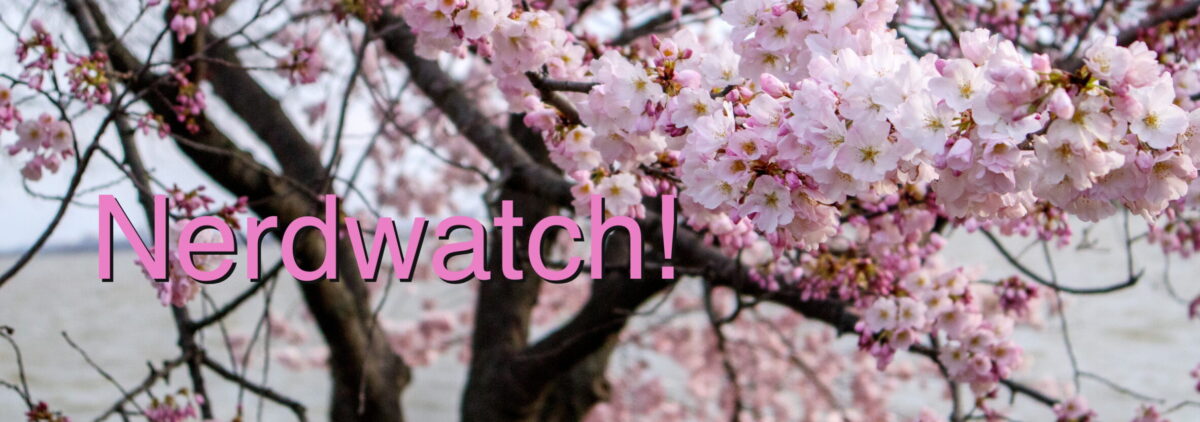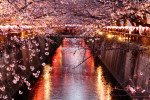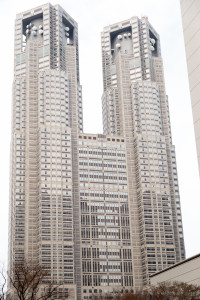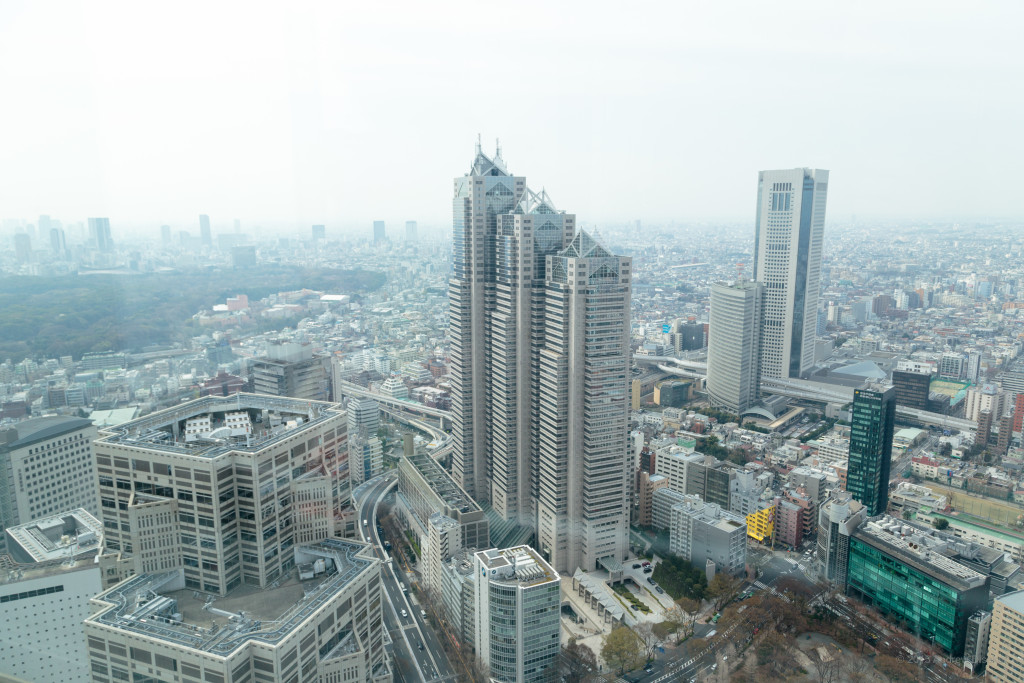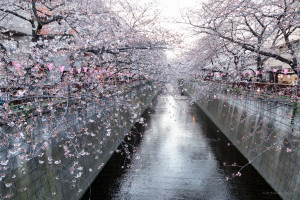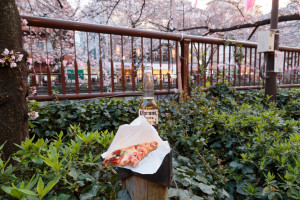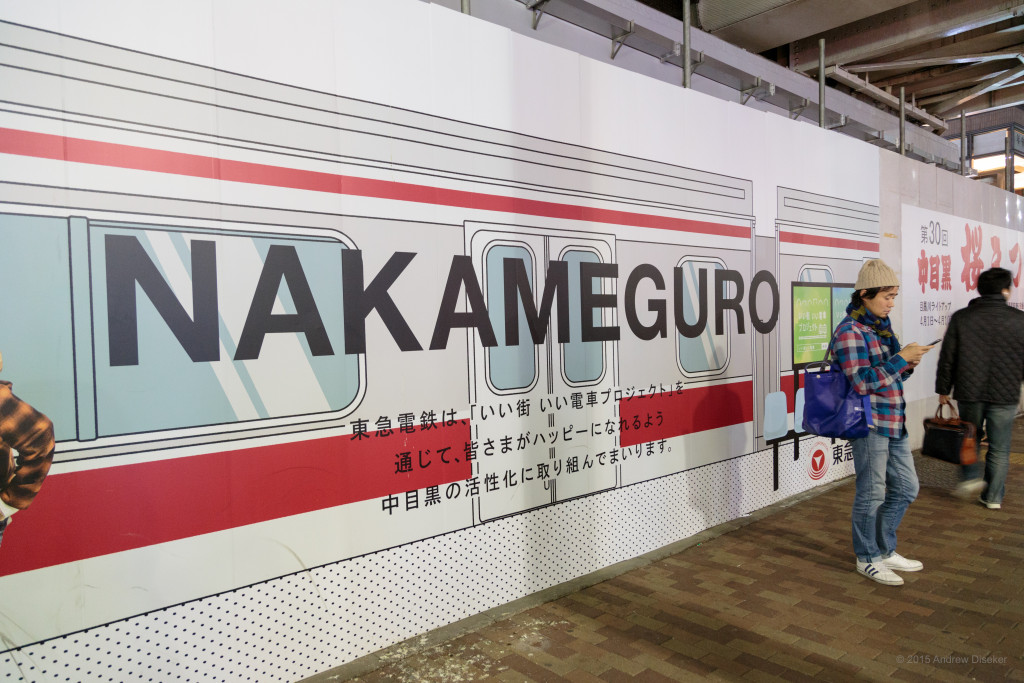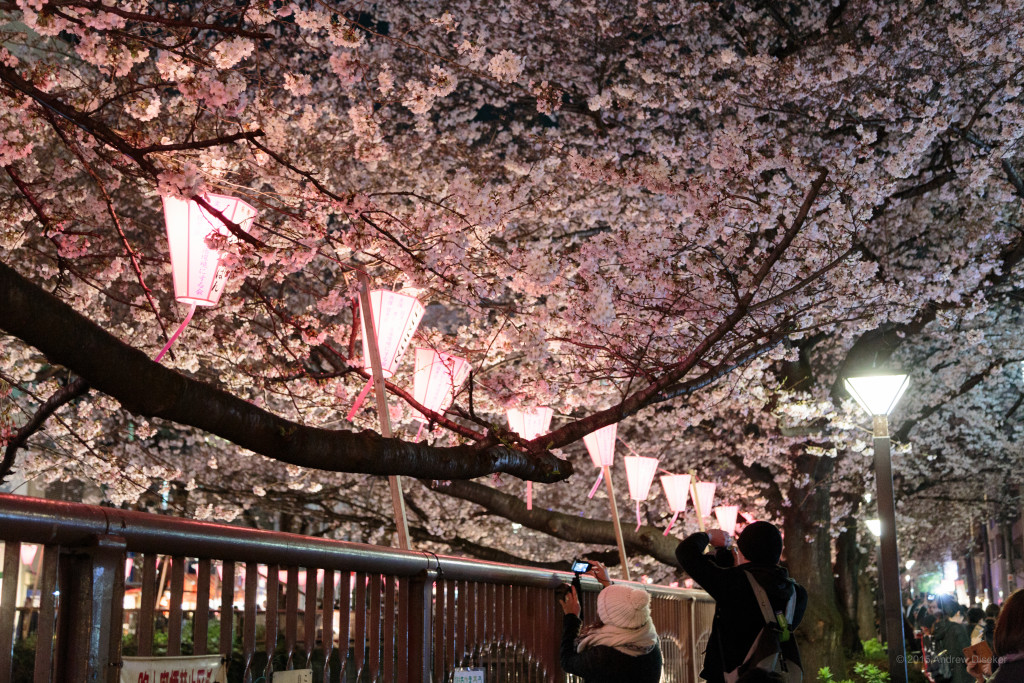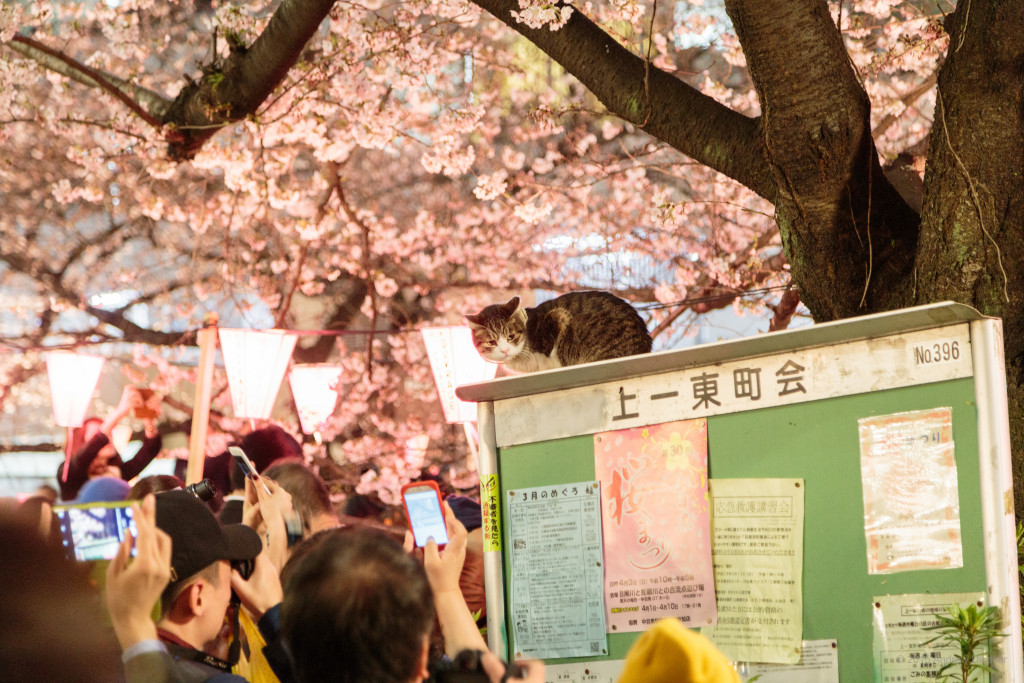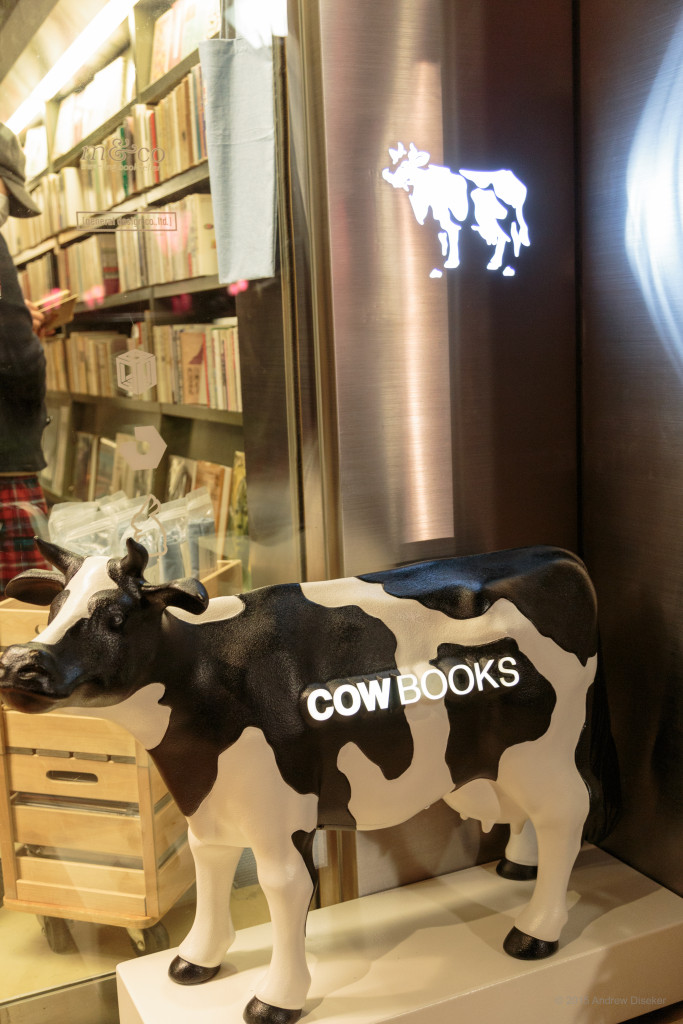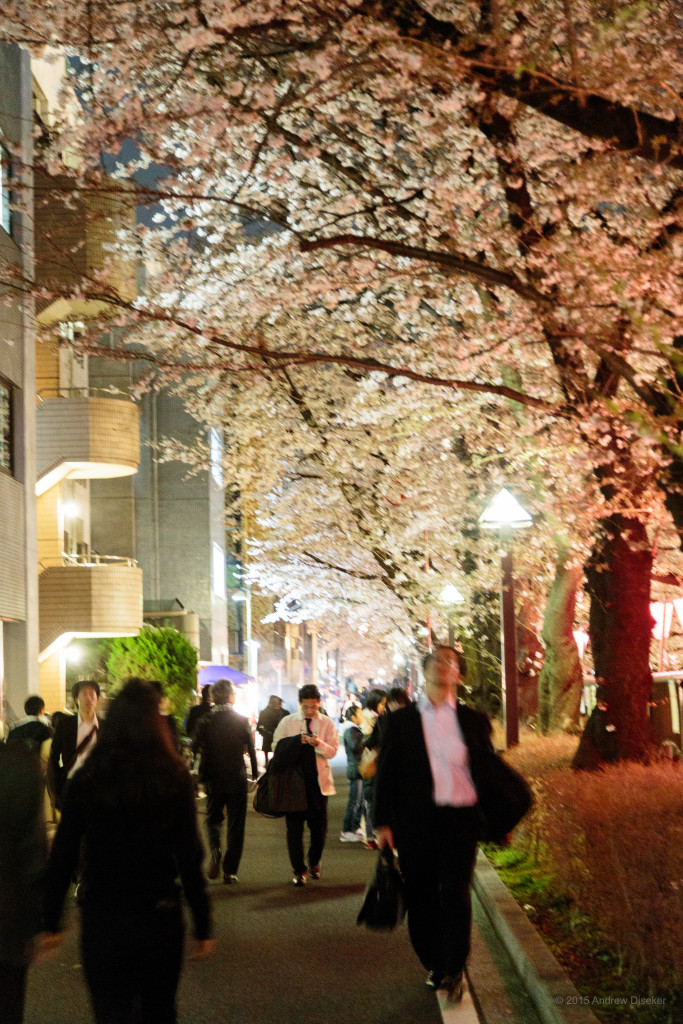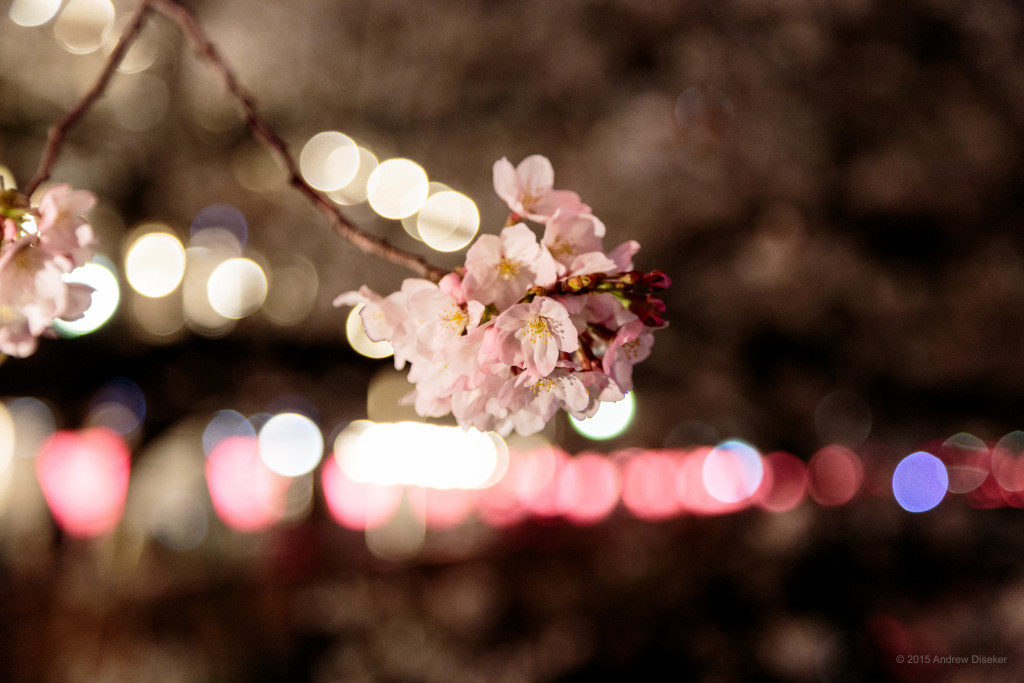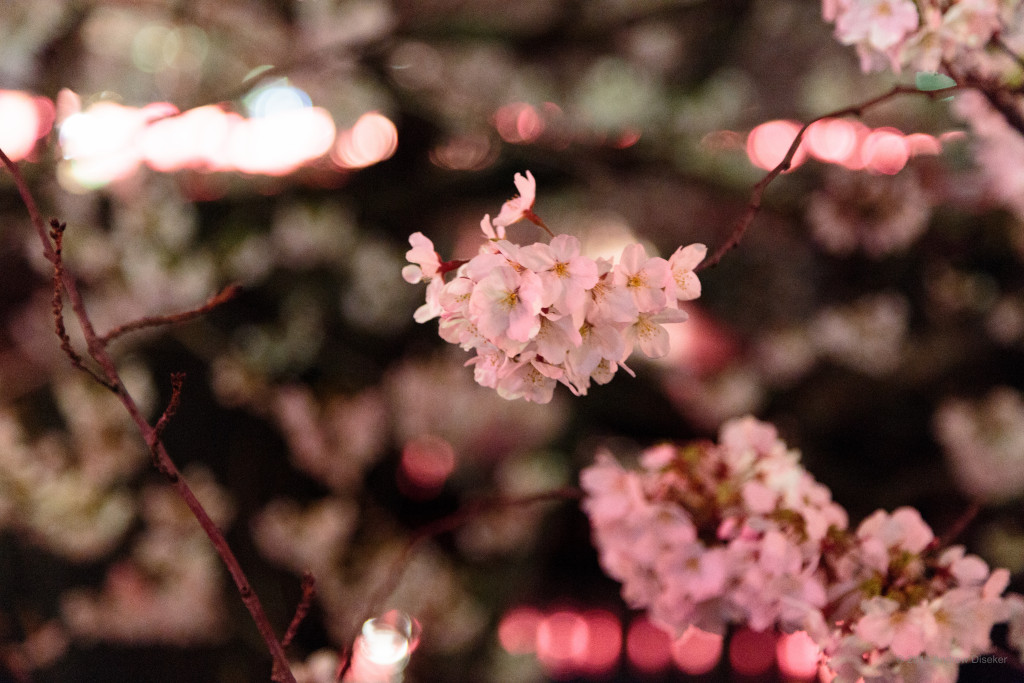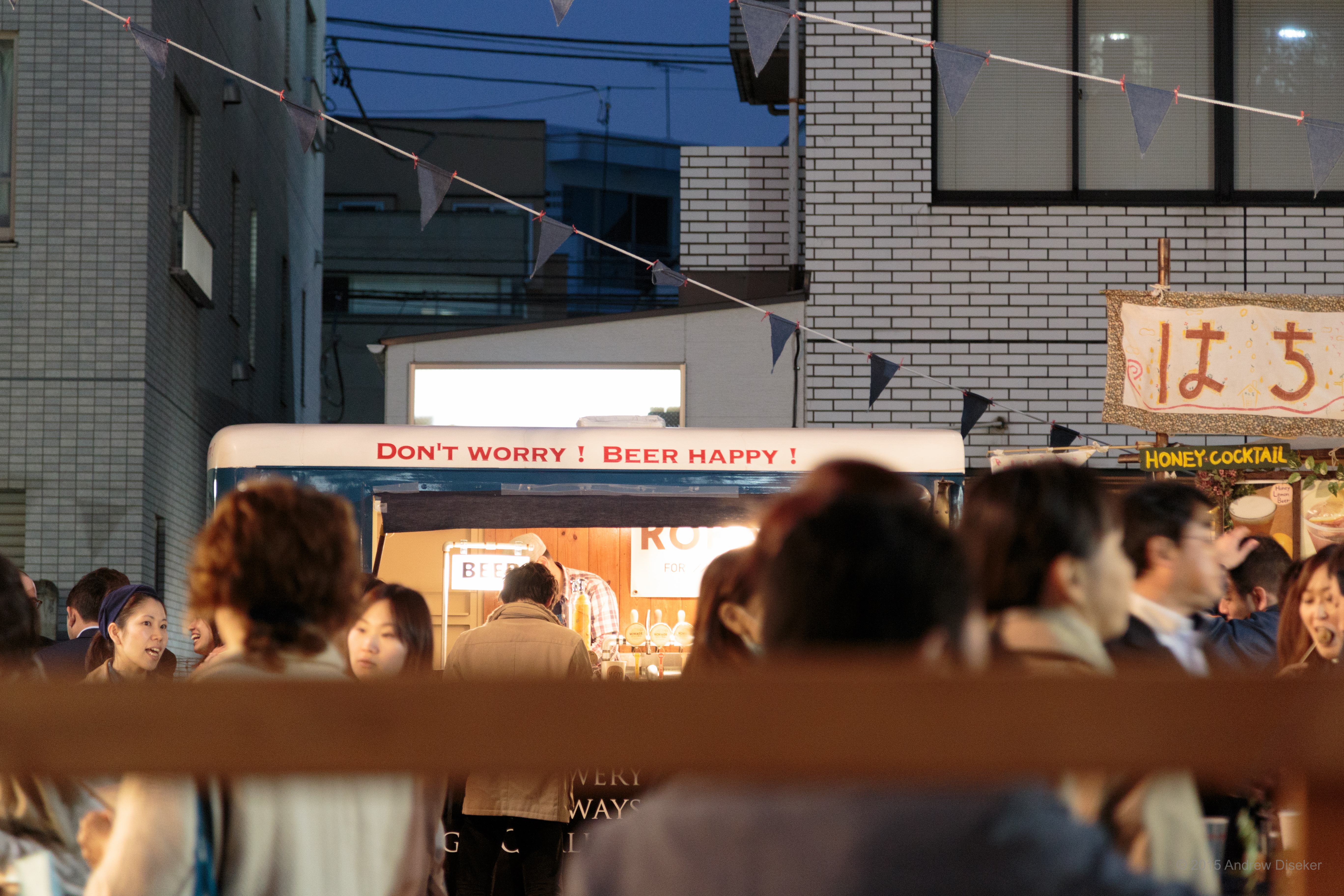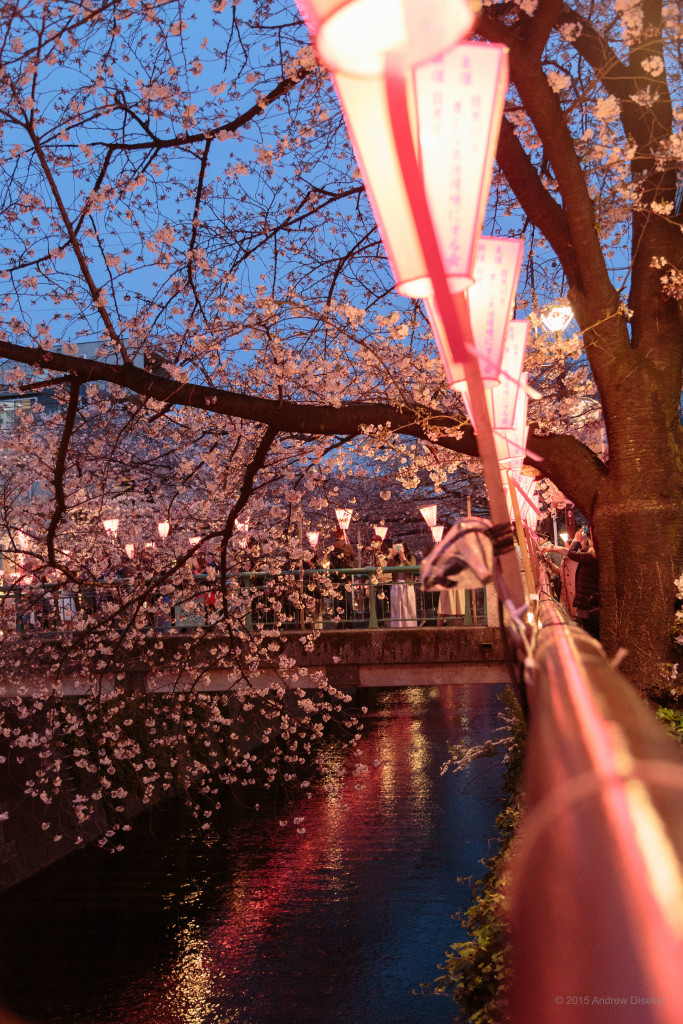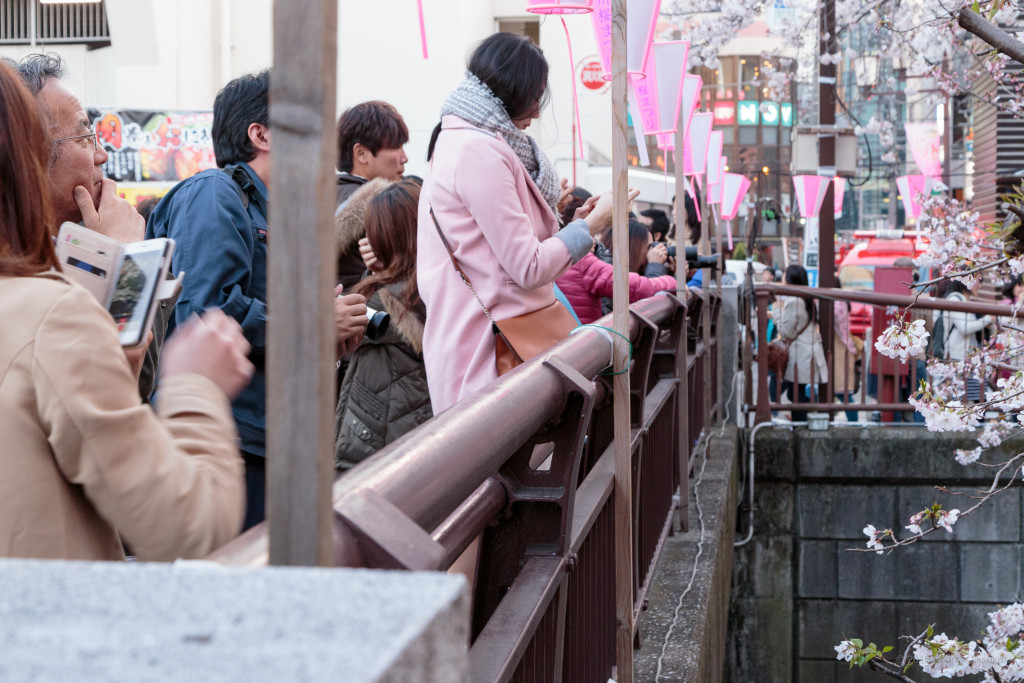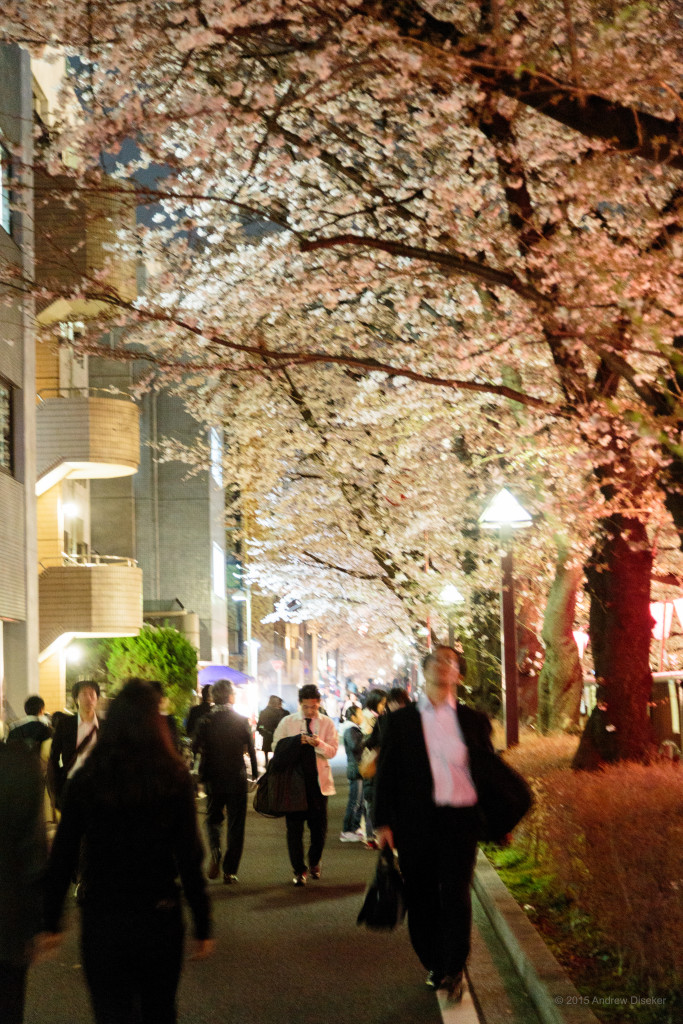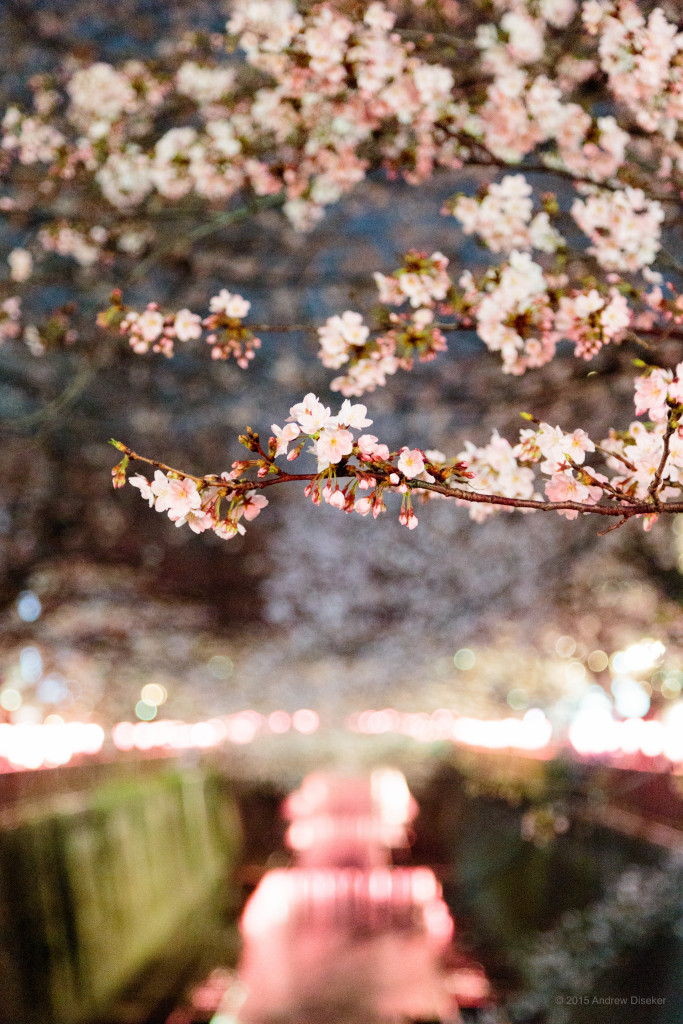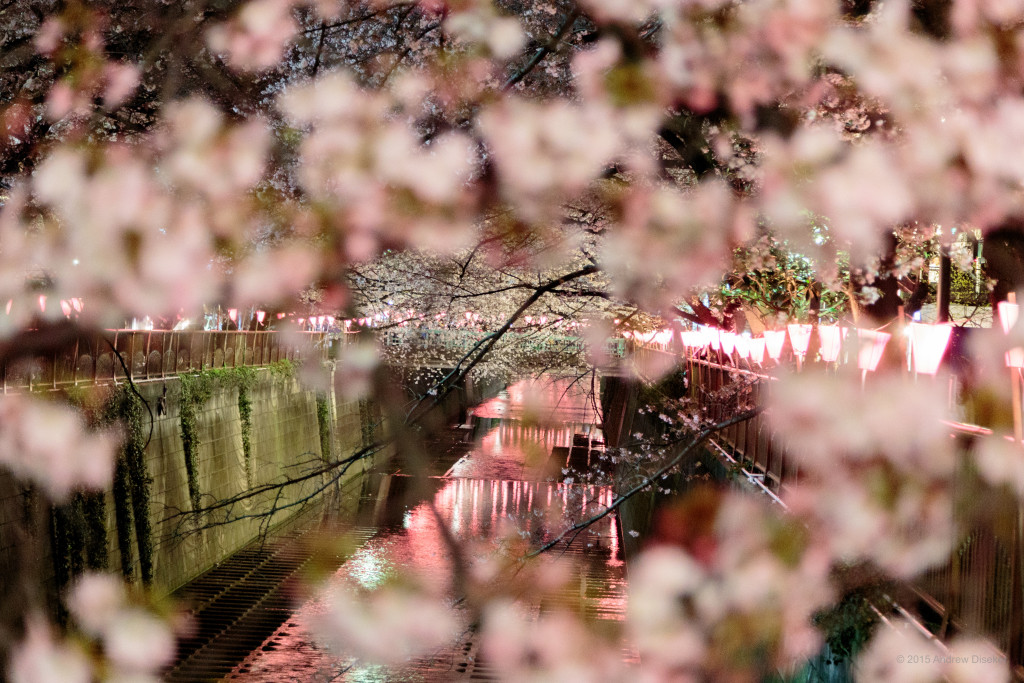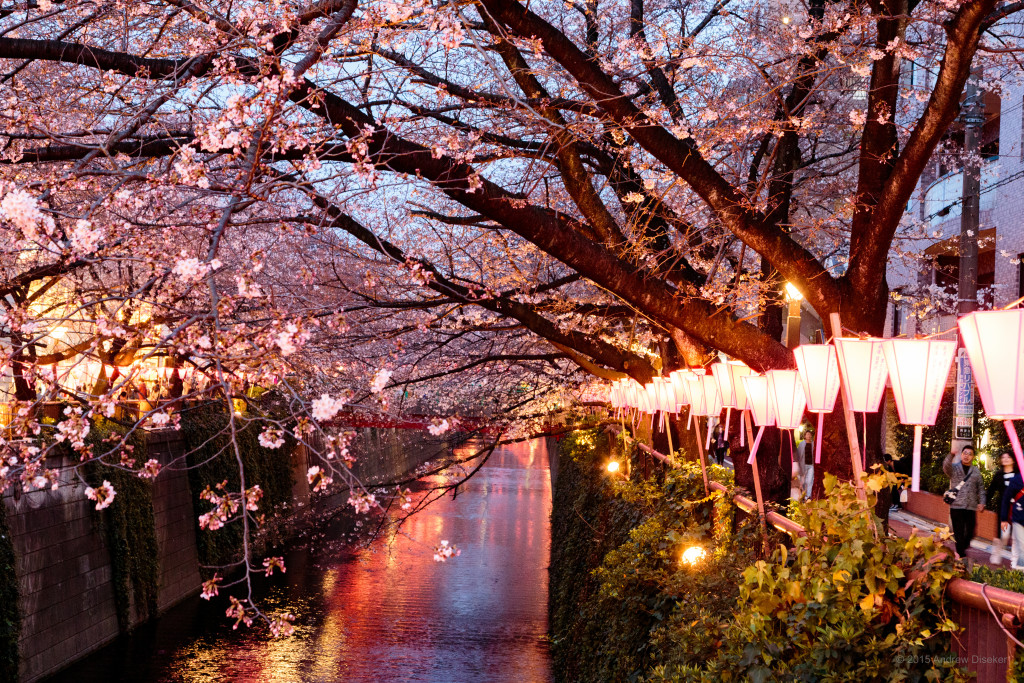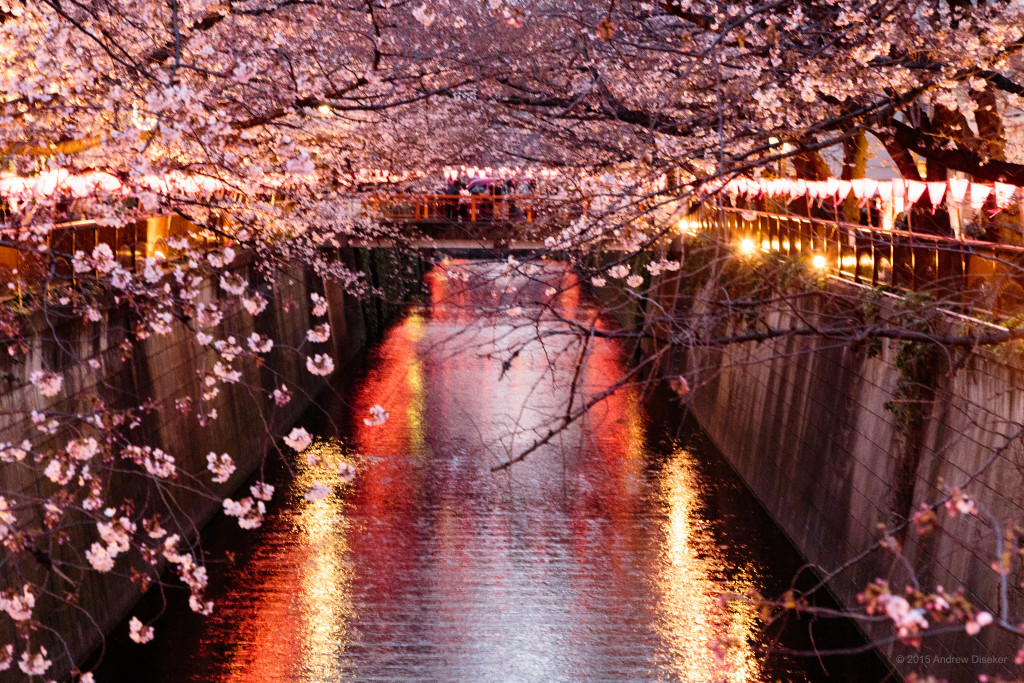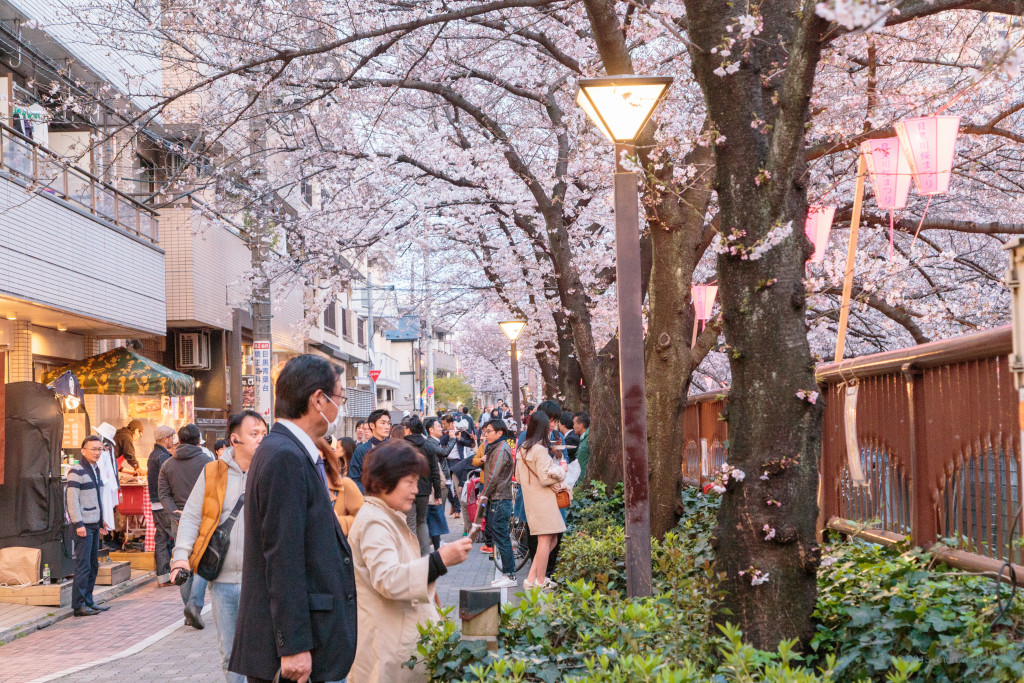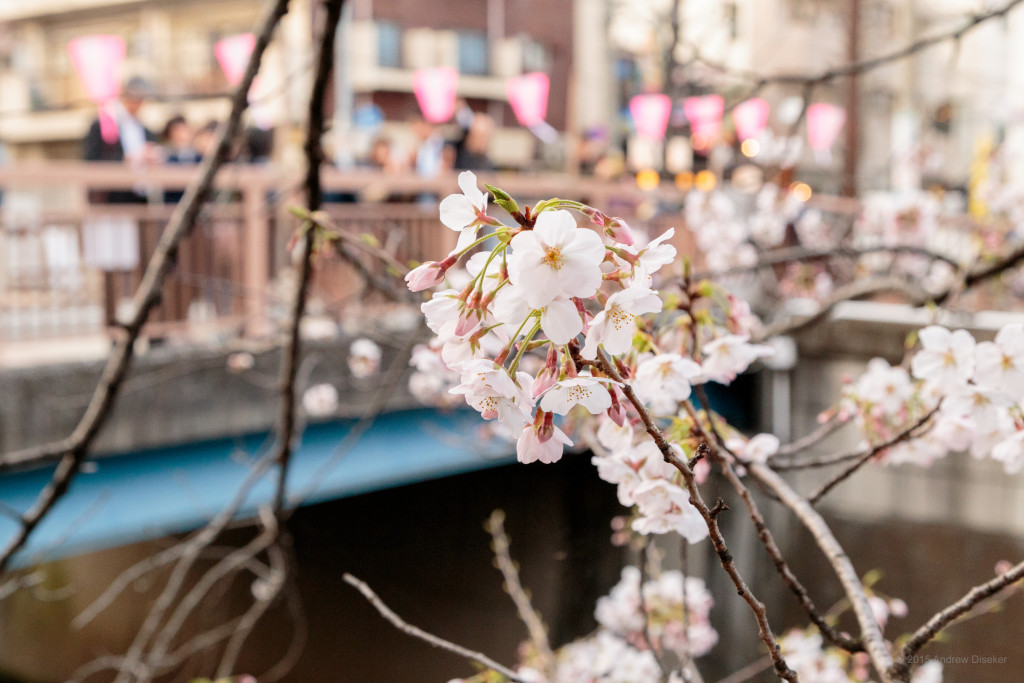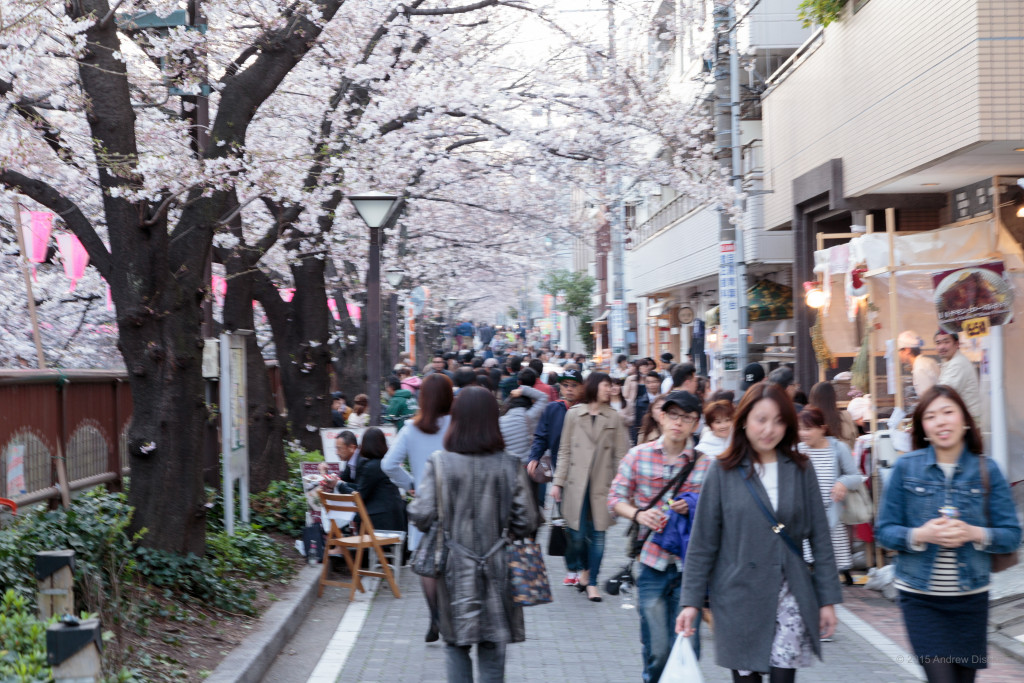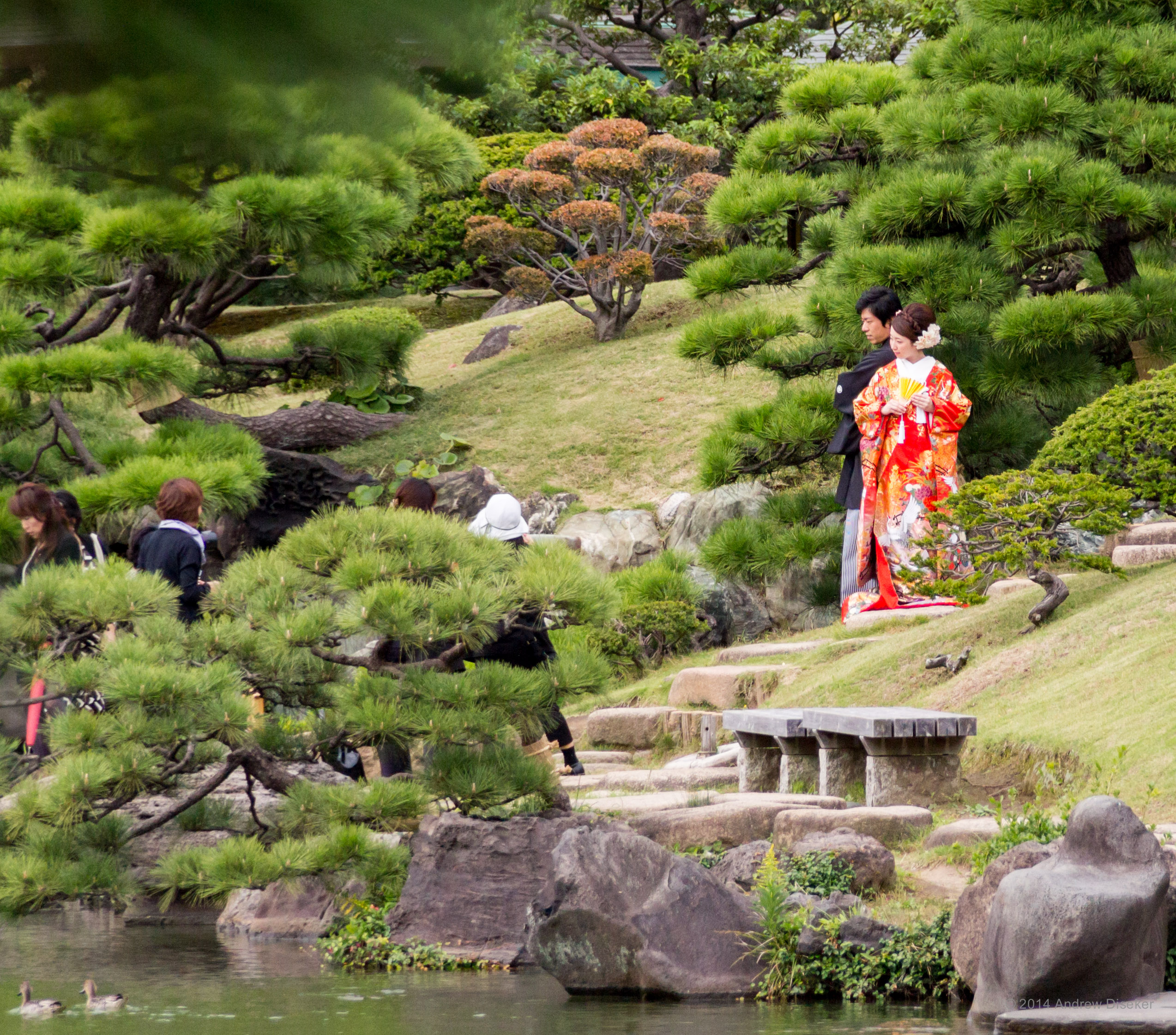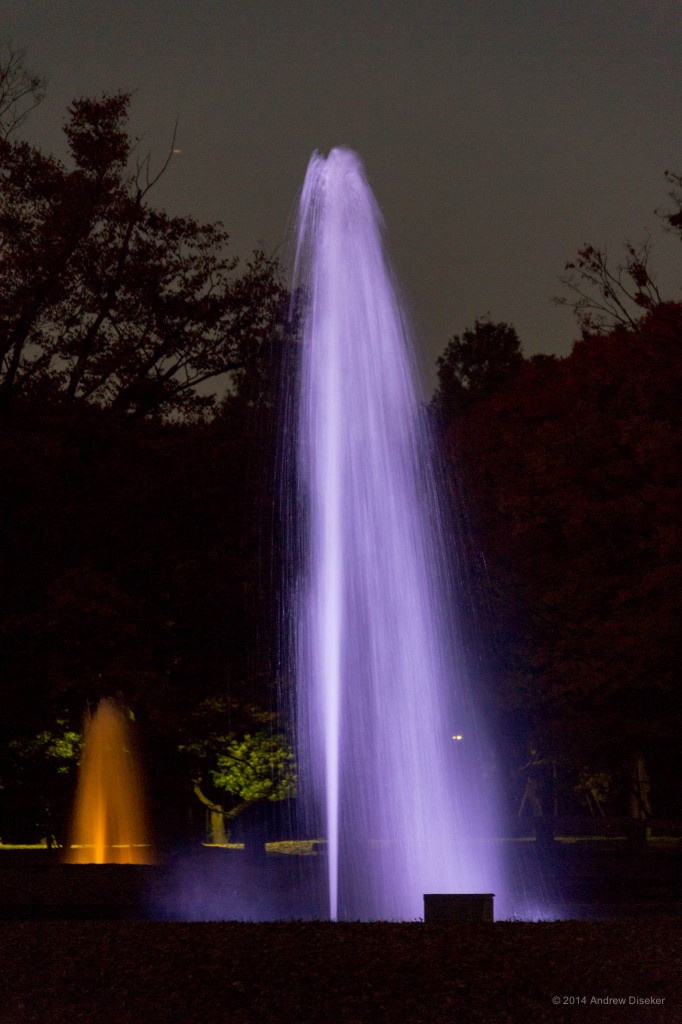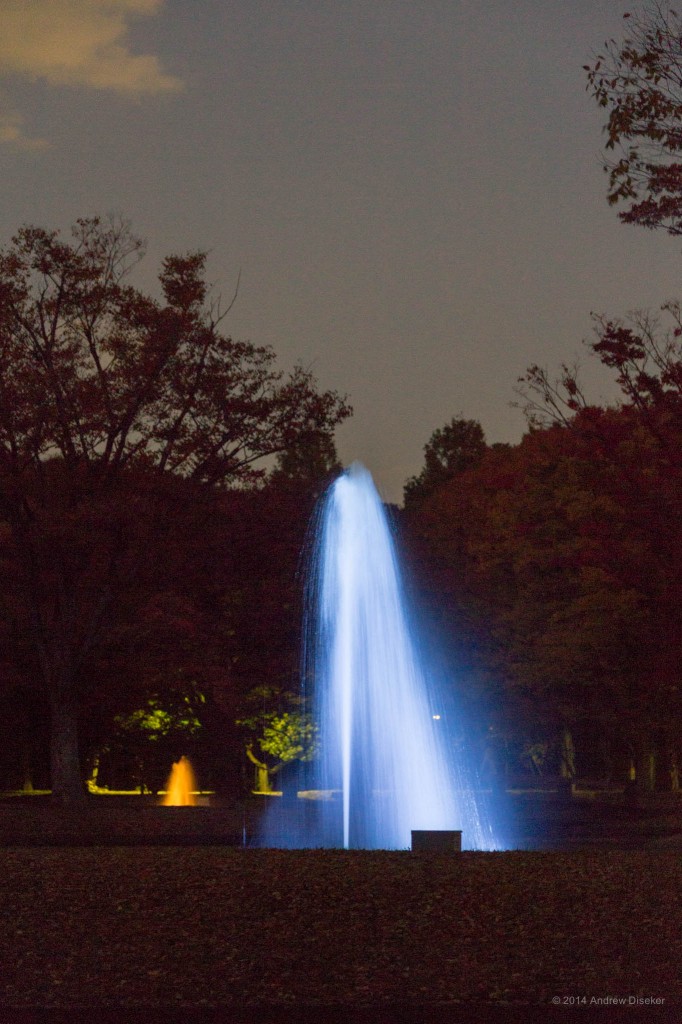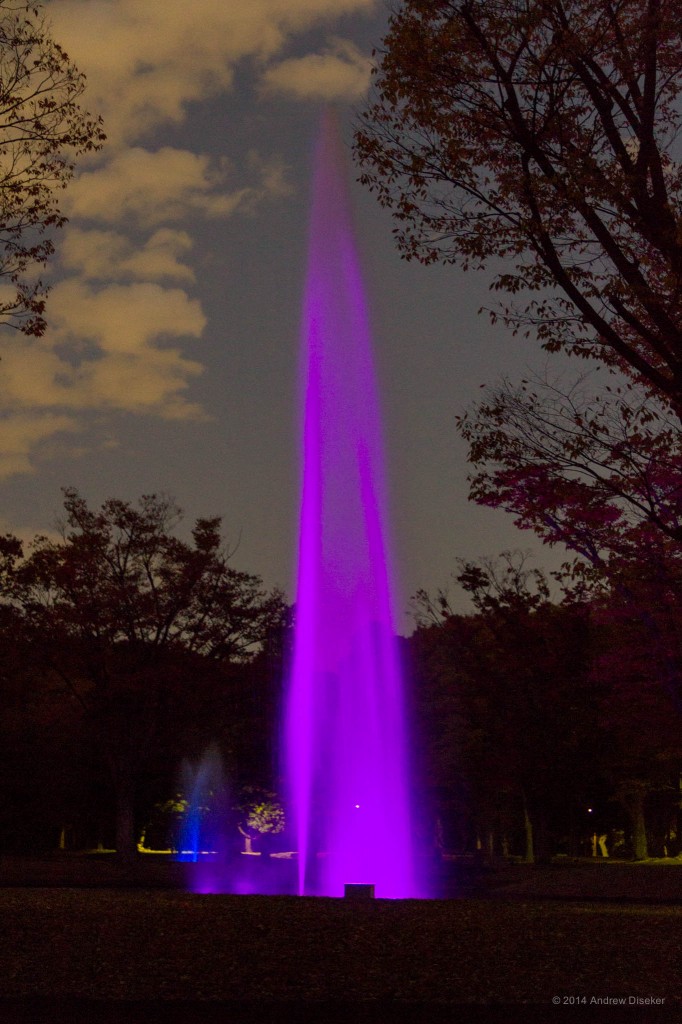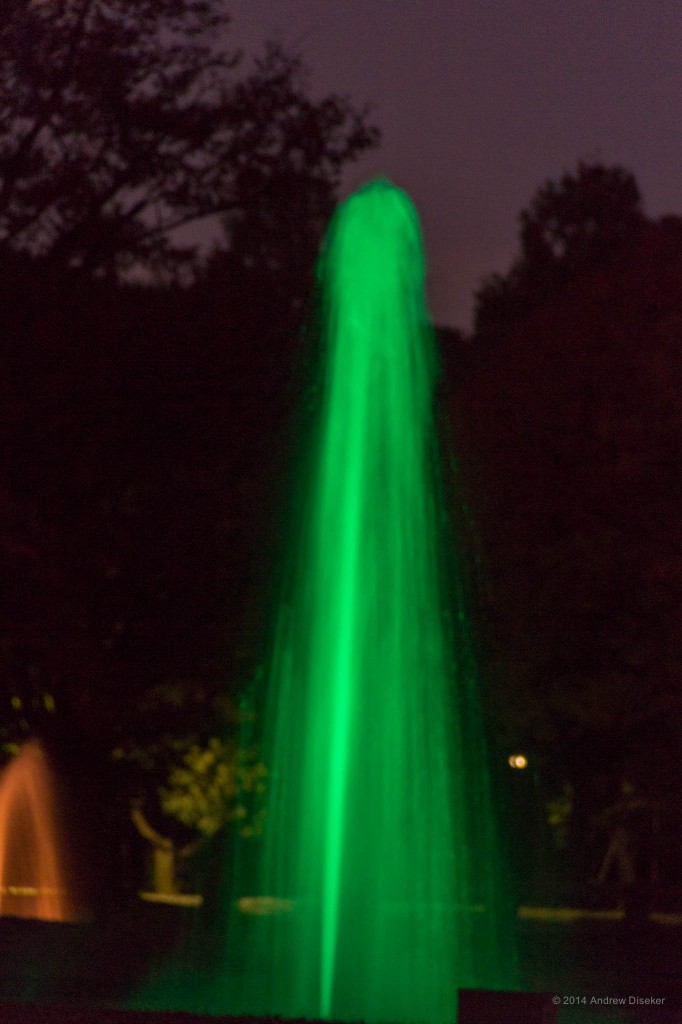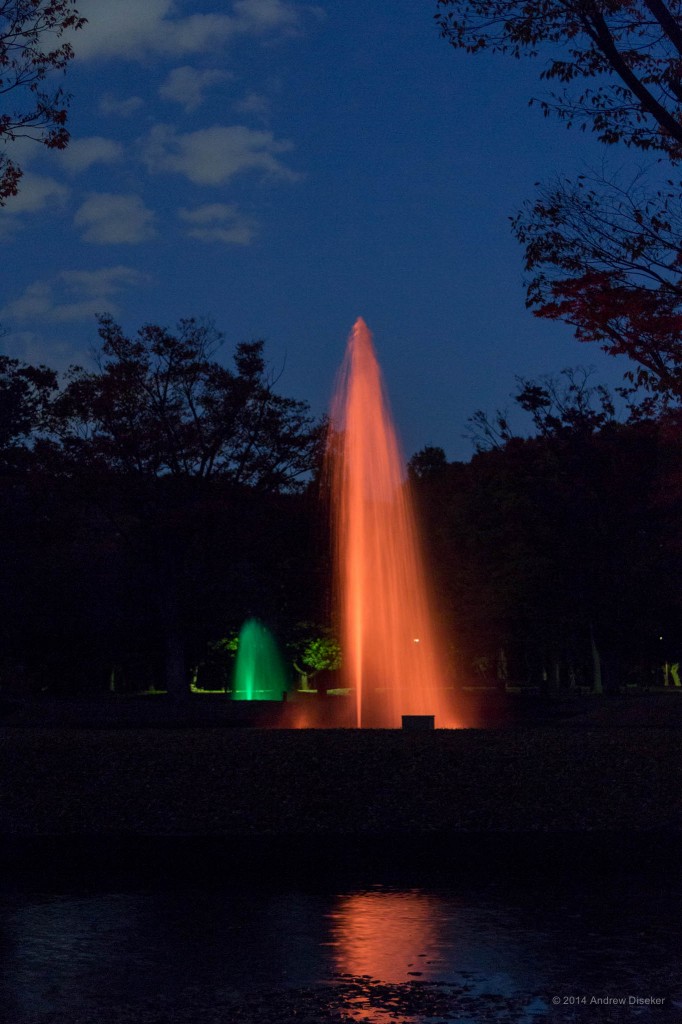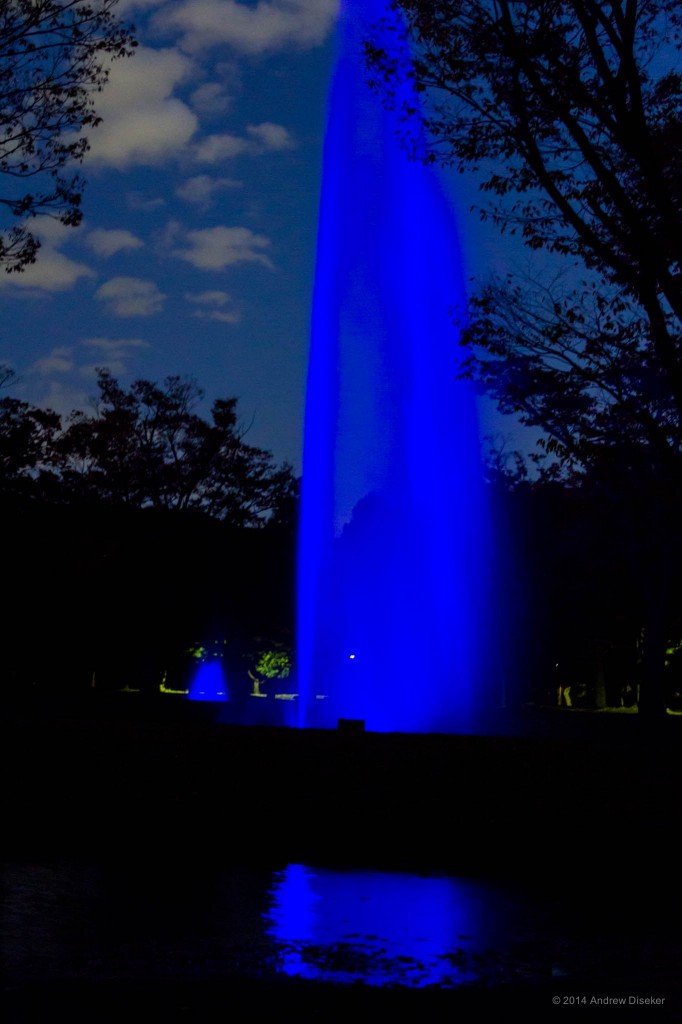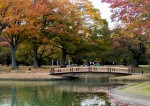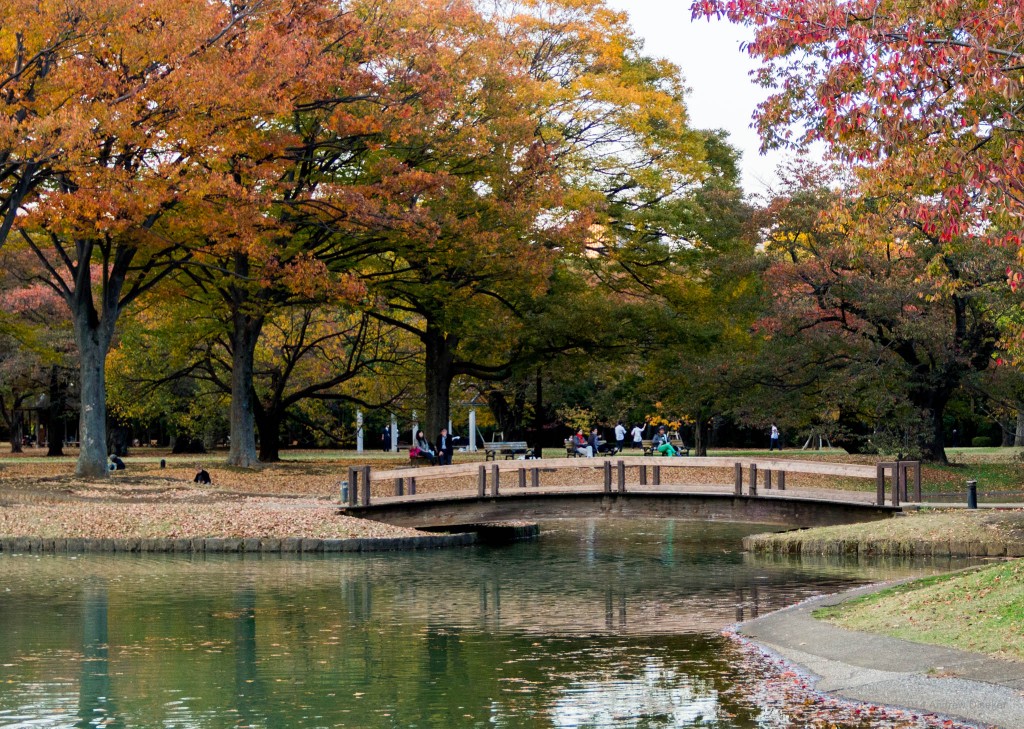One of the neat things in Tokyo is a tour boat company that runs different types of tour boats up and down the Sumida River, in the heart of Tokyo. Three of the boats were designed by famous Japanese science fiction creator Leiji Matsumoto, and the boats are designed to resemble space ships. The interior of the boats are very 70’s sci-fi, and have retro-style tables and sofas. I happened to catch one while I was walking on the walkway along the Sumida.
Tag: Tokyo
Nerdtour Japan 2018 – Birthday washout…
Well, I was here in Tokyo for fireworks on my birthday, but Nature conspired to send a typhoon my way, which forced Tokyo to delay the fireworks. It wasn’t a total washout, I did manage to celebrate by going to Akihabara, which turned out to be much closer to my apartment than I originally thought, only a couple of stops on the subway. The fireworks will go off today, Sunday, but I had already made other plans for this evening, so I’ll end up going to one of the other Tokyo fireworks displays they have over the next couple of weeks.
Some pics from the last few days:
Kamakura fireworks Tuesday
Kiyosumi garden:
Akihabara on my birthday:
Nerdtour Japan 2018 – HOT HOT HOT HOT HOT!
And I don’t mean the song by Buster Poindexter from years ago, I mean the thermal climate has been ridiculously, dangerously, even deadly hot here in Japan.  The day after I got here, Monday, I had to go in from Narita down to Shinjuku, Tokyo, to pick up the key to my apartment, and it happened to be the hottest day so far.  My buddy John and I took the Narita Express train to Shinjuku, which was nice and comfortably air conditioned, but once we got off the train and started heading through the station, it wasn’t so nice.  We checked luggage into coin lockers (wonderful convenience that would never be permitted in Paranoia, USA) in Shinjiku station and walked out into the blast furnace/sauna.  It’s only a kilometer or so to the Sakura House apartment office from the station, but it only took about 5 steps to break into an unending sweat.  There were people all over handling the heat however they could, but no one was stopping the city from running.  It might have seemed to be moving a bit slower, though.
Once we got our keys we headed back to the station and got our respective loads of luggage from the lockers. Â I only recently figured out where the word “luggage” comes from, after lugging around my suitcase and helping John with his 4(!) bags in the heat. Â We were able to make the train, getting on a direct line to Monzen-nakacho, the neighborhood where the apartments are, riding the Metro with wonderful air conditioning. Â Once back outside, we discovered that the taxi stand we were expecting was no longer there, which meant a long, hot, miserable haul of luggage down the street to the apartments, “only” a couple of kilometers. Â Buildings A and B are only 3 floors high, which means there were no elevators, so I had to haul my single suitcase up to my room on the 3rd floor. Â Fortunately the air conditioning worked, and I turned that thing on as high and as cold as I could make it, to bring the apartment temp down to something approaching relief.
After collapsing in a puddle in the lone chair, I turned on the TV to see what was on, and happened on a special program where they were discussing the weather. Â I learned that we had been hauling our stuff around in temperatures over 41 degrees C, with humidities over 50%. Â I don’t know what that made the “heat index”, but 41 C is over 105 F, which is hot all by itself without the added misery of humidity.
At any rate, we survived, and I crashed in my apartment about 9 PM, after getting some drinks, a towel so I could take a shower, and a bit of food at the convenience store down the street. Â That should have been enough hauling around for the week, but no, I had plans for Tuesday…
Nerdtour 2016 Japan: First full (frustrating) day in Tokyo…
So, today opened bright and early for me (well, early anyway) as I woke up at about 5 AM again, so after fitfully trying to get back to sleep I gave up and got up. I hadn’t planned anything specific, but as I was checking web cams around the area of Mt. Fuji, I saw that there were crystal clear views of the mountain, so I decided to try to take a highway bus out to a town called Oshino. I made it to the bus terminal in Shinjuku, and found out that you need to book ahead, as all the morning buses were booked for the next few days. The afternoon buses ran after 2 PM, which since it takes 2 hours to get to Oshino, I abandoned that plan since I couldn’t get back until the next day. I decided to try for Plan B, go to a high spot in Tokyo and look for Fuji from whatever observation deck I could find. I discovered I was within walking distance of the Tokyo Metropolitan Building, which has observation decks on the 45th floor of each tower, so I thought this was my chance. Wrong. Turns out it was clear air near Mount Fuji, but in Tokyo there was major humidity which caused major haze, thick enough to hide Mt. Fuji and most of Tokyo. My luck continues on the Fuji viewing front.
On a positive note, there was an exhibition on the observation floor, where each of the prefectures in Japan were displaying and selling products specific to those prefectures. I looked each display over and decided to buy something from Iwate, Miyagi and Fukushima prefectures, since they were hardest-hit by the earthquake and tsunami five years ago. Yes, I bought food from Fukushima prefecture, and no I don’t expect to glow in the dark as a result.
After a light snack of an apple strudel-like thing at the observation deck cafe, I set out to go back to the hotel to drop off my purchases. On my way out, I stopped at the Tourist Information Office on the first floor, and picked up some tourist brochures. Sadly, I don’t think Tokyo’s going to be ready to handle a bunch of foreigners when they come for the Olympics in 5 years, since probably about 95% of the “tourist information” brochures were in Japanese only. Not a very welcoming sign.
When I got to the hotel, the cleaning crew was still working on my room, so I went back out to the 7-Eleven across the street, bought a small salad with tuna, a sliced hard-boiled egg, lettuce, carrots, and corn, and ate lunch at a small city park near the hotel. I finished a bit after the cleaning crew, so I was able to drop my stuff off, and drop myself in front of the laptop to scope out some cherry blossom sites. I had read about the Meguro river, which is lined with cherry trees on both sides, and which has a loooong street festival with food vendors of nearly every kind. The trees are lit at night and there are lanterns ever couple of feet, so folks can enjoy the view until late. So, since the Naka-Meguro station is at the end of the subway line that runs by the hotel, I figured I’d try it and see, at least I wouldn’t have to worry about being able to see it all.
I got there just before sunset, and as I was wandering around I was amused by one of the vendors who was selling a square slice of pizza, and so I had to buy a small pizza and beer from them. Corona beer and Japanese pizza, while looking at cherry blossoms, the life of a modern world traveler!
At any rate, that was the day, I wandered around the area until well after sunset, and got some nice pictures of the blossoms lit from below! Enjoy!
Kiyosumi Garden, Tokyo
Almost exactly 2 years ago today, October 23Â 2012, IÂ was on the first full day of my third trip to Japan, a month-long excursion I called “Nerdtour 2012” (I blogged it on this site). Â One of the best places I went was this little slice of old Tokyo park design, called Kiyosumi Garden. Â It was just about 1 or 1.25 miles up the road from the apartment I stayed at, and my buddy John had been there before, so on a somewhat rainy day we set off to see this. Â It’s a nicely laid-out park, with a large pond or small lake in the middle, beautiful landscaping, and more turtles in one place than I had seen in a long time! Â I took this picture of a couple having their picture taken, I don’t know if they were models, or of they were a genuine couple preparing to get married. Â Either way, it was a stroke of luck getting this shot from across the lake, given it had been raining off and on with breaks in the clouds allowing the sun to shine. Â I plan to go back sometime in the next year, if all goes well, if not, then the year after. Â There is so much more of Japan to see!
BTW, I wrote a small photo book that you can buy on Blurb.com!
Nerdtour 2012 flashback: Brilliant fountains of Yoyogi Park
Nerdtour 2012 flashback: Yoyogi Park, Tokyo
“Welcome to Tokyo” Olympics promotional video by “World Order”
There’s a musical group in Japan called “World Order“, started by a former kick-boxer and now choreographer and composer (why have just one career?) named Genki Sudou. The group has made several music videos, and their signature style is to dress in expensive business suits and march in robotic unison through crowded streets in Tokyo, followed by pop and lock dancing to music composed by Sudou. They’ve been featured in ads for some companies in Japan, as well as performing in different places around the world.
Since Tokyo won the rights to the 2020 Summer Olympics, “World Order” made a “Welcome to Tokyo” video, where they perform their song and dance in various famous (and not so famous) places in Tokyo, such as Akihabara, Asakusa, Ginza, Roppongi, and Tokyo Tower. It was neat seeing this, because I’ve been to most of the places they perform in this video, which makes me wish I had been there when they were recording this! Seeing familiar places also makes me want to go back again, although with my current employment situation that’s not going to be possible for a few more years.
At any rate, here is “World Order” performing their song “World Order” in Tokyo.
Enjoy!
